Growing Ferns Indoors

Are indoor ferns good houseplants? Our ancestors knew a thing or two about decor. Pteridomania is the name for the fern fad, with pterido being the Latin term for fern. Their popularity has waned and waxed over the decades. Adding a touch of exotica and elegance to the home, the fern as an indoor plant lends an air of lushness that other plants cannot mimic.
In the mid to late 1840s, this trend was found primarily in wealthier homes, but today houseplant lovers everywhere enjoy ferns. Ferns as indoor plants can lend a jungle or verdant forest vibe, and are a great way to bring the outdoors into the home.
Caring for Fern Plants Indoors
Despite their exotic nature, ferns are quite easy to care for, provided they are in the correct location and soil. Many exotic plants require special maintenance schedules, but ferns are a bit more forgiving.
Light
Although ferns in the wild grow in moist, shady places like forest floors, they do need some light. They thrive in dappled light, so if your indoor light is too low you may see poor growth or yellowing fronds.
Give your indoor ferns a position near a window that gets morning or late afternoon sun, and keep them away from strong sunlight, especially during the summer. Almost all fern plants prefer indirect light. Situate them by an eastern window or slightly away from sunnier areas. The delicate foliage can be burned by strong direct sun rays, but dimmer light actually improves the color and production of the fronds. If the fern is placed in a southern or western window, provide a sheer curtain to prevent the fronds from burning.
Water
As a rule, ferns need moist soil. They don’t perform well in containers if the soil is soggy, but consistent moisture is key. Add water when the soil is dry to the touch on the surface. The frequency of watering will depend on temperatures and light exposure. Shedding leaflets is a sign that the plant is too low on water. Some ferns are sensitive to chlorine -- allow tap water to off-gas and come to room temperature before watering the plant.
Temperature & Humidity
Indoor ferns don’t respond well to drafty conditions or extreme temperatures. Ferns prefer daytime temperatures between 65-75 degrees F (18.3-24 C) and like the temperature to be around 10 degrees cooler at night. In fact, tropical ferns survive best in homes with central heating.
Gardening tips, videos, info and more delivered right to your inbox!
Sign up for the Gardening Know How newsletter today and receive a free copy of our e-book "How to Grow Delicious Tomatoes".
However, ferns do enjoy moderately high humidity, which can be hard to maintain in the home interior, especially in winter. Browning and yellowing of the tips of the leaves indicates the humidity is too low. Use a humidifier to keep the humidity levels at 30-50 percent. You might also mist the leaves daily with tepid water, or place the plant on a pebble lined saucer filled with water. The water will evaporate from this humidity tray and increase the ambient humidity around the plant.
Soil
Most outdoor ferns are forest or woodland plants and have tender, delicate roots adapted to the light forest soil, which is rich in leaf mold and decayed vegetable matter. A compost that contains peat or a fibrous peat substitute with plenty of sand is best. The right compost must be free draining so that the roots never get waterlogged.
Ferns prefer humic-rich, slightly moist soil. Purchased potting soils are usually sufficient. The soil mixture should contain some sphagnum or peat moss for moisture retention but it also needs to be well draining. For homemade soil, mix equal parts of peat moss, sand and garden soil. It’s best to sterilize this soil mix by baking it to kill off any pathogens.
Fertilizer
Fern plants indoors don’t need to be repotted frequently but they do need nutrients added to the soil. Fertilize lightly in spring or when the leaves are yellowing. Use a balanced liquid houseplant fertilizer diluted by half. Do not feed an indoor fern in the fall through winter but instead, give it time to rest.
Problems, Pests & Diseases
A fern houseplant will not be as vulnerable to insects as those grown outdoors. Plants brought outside may get scale, mealybugs, or spider mites. The most common problems stem from low moisture and humidity levels, but they can also occur if the soil is left boggy.
Use a soil meter if necessary to provide adequate amounts of water to the plant. Over-fertilized ferns will develop brown leaf tips. Ferns get dusty, which can affect their ability to respirate and photosynthesize, as well as dim their beauty. Put the plant in the shower and wash off the dust frequently.
Pruning Indoor Fern Plants
Trim off damaged or dead fronts at any time of the year. If you wish to minimize the size of the fern, take no more than one-third of the fronds off at any time.
Propagating Indoor Ferns
Fern growth springs from rhizomes in the soil. Ferns grow from spores, too, but these can be difficult to grow due to special needs in temperature, humidity, and other conditions. The easiest way to propagate a fern is through division. Use a clean, sharp blade to cut through the rhizomes and roots and repot each half separately.
Repotting Indoor Ferns
You can repot your ferns in the springtime, but only if their roots are filling the pot. Ferns don’t mind being overcrowded for a short period of time. If they aren’t quite ready for a new pot, just scrape off the top layer of compost and replace it with fresh compost. Cut off any damaged fronds to encourage new growth.
When you decide it’s time to repot them, you can divide ferns and make two plants from one. You can also grow new ferns from the powdery spores produced in little capsules. These capsules are visible as rows of rusty, brown patches on the undersides of the fronds. These will grow into a green film from which the fern will grow.
It’s a good idea to report your indoor fern every few years to give it a slightly larger container and freshen the soil. If you wish to keep the same container, divide overcrowded plants. The best time to repot is early spring.
Types of Indoor Fern Plants
While their cultural needs are similar, there are many varieties of ferns that thrive indoors. Here are just a few:
- Boston fern- Truly a classic. Often used in hanging baskets.
- Maidenhair fern- Lacy, fast growing foliage.
- Rabbit’s Foot fern- Fuzzy rhizomes drape over the side of the container.
- Japanese fern- Also known as fishtail fern, sports leathery leaves.
- Staghorn fern- Recognizable fronds that look like antlers. Often mounted.
- Bird's Nest fern - Flat wavy fronds look a bit like seaweed.
Indoor Fern Companions
Many common houseplants have the same cultural needs as ferns and make excellent companion plants. Look for plants with similar light, temperature and humidity requirements. Here are a few companions that may be good choices for your indoor fern:
- Prayer Plant
- Spider Plant
- Swiss Cheese Plant
- ZZ Plant
- Fittonias
- Tillandsias
- Bromeliads

Heather Rhoades founded Gardening Know How in 2007. She holds degrees from Cleveland State University and Northern Kentucky University. She is an avid gardener with a passion for community, and is a recipient of the Master Gardeners of Ohio Lifetime Achievement Award.
- Bonnie L. GrantWriter
- Amy DraissDigital Community Manager
-
 4 Superfast Composting Methods: Turn Waste Into Garden Gold In 30 Days Or Less
4 Superfast Composting Methods: Turn Waste Into Garden Gold In 30 Days Or LessTry the fastest composting methods to turbocharge your pile and transform kitchen scraps and garden waste into finished compost in just a few weeks.
By Mary Ellen Ellis
-
 Best Spider Plant Soil – Complete Soil Guide And Expert Tips For Keeping Plants Happy
Best Spider Plant Soil – Complete Soil Guide And Expert Tips For Keeping Plants HappySpider plants are fun and easy plants to grow, but what is the best soil for a spider plant? Selecting the right soil is important so they can thrive.
By Bonnie L. Grant
-
 Best Spider Plant Soil – Complete Soil Guide And Expert Tips For Keeping Plants Happy
Best Spider Plant Soil – Complete Soil Guide And Expert Tips For Keeping Plants HappySpider plants are fun and easy plants to grow, but what is the best soil for a spider plant? Selecting the right soil is important so they can thrive.
By Bonnie L. Grant
-
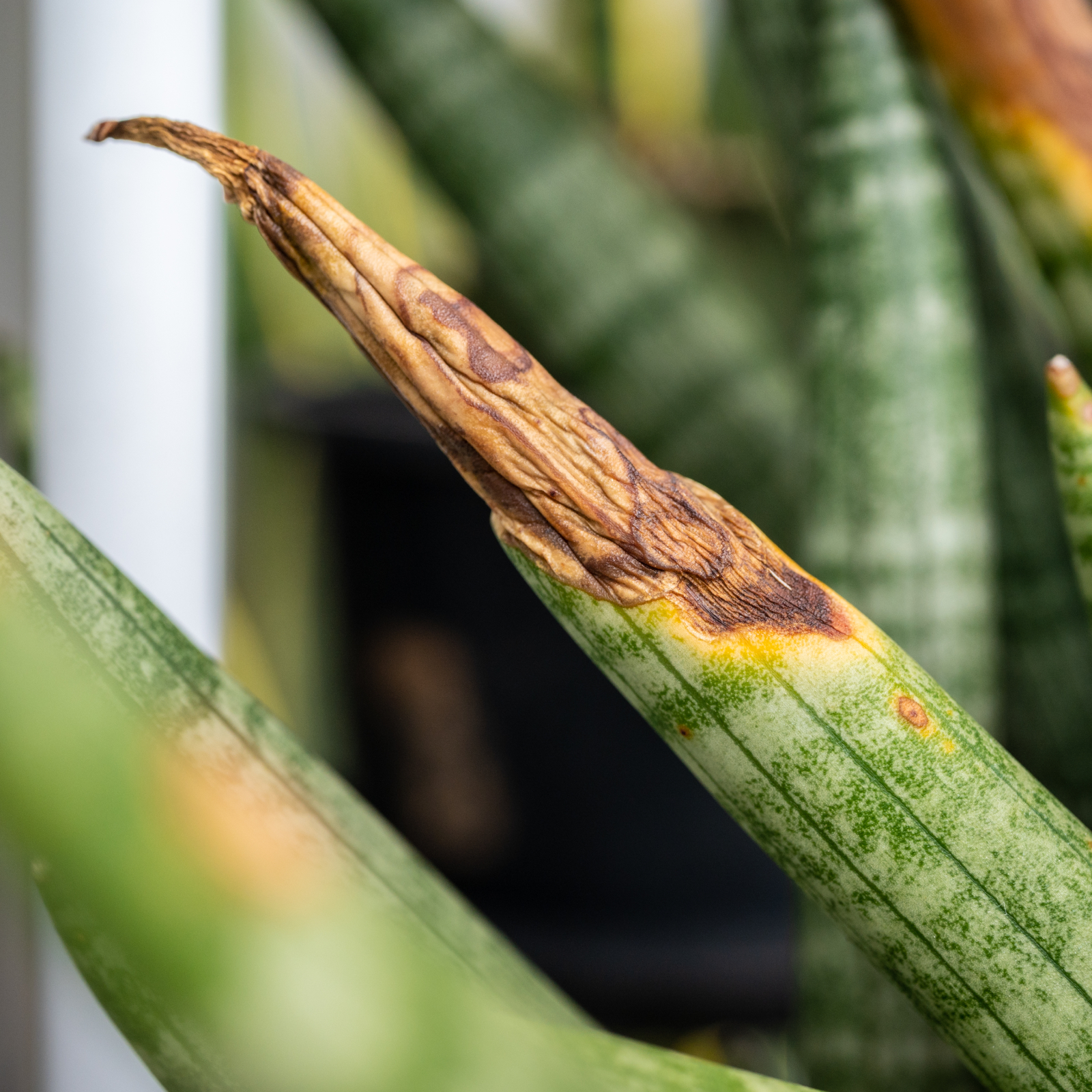 Help, My Snake Plant Is Mushy! Advice For Root Rot In Snake Plants
Help, My Snake Plant Is Mushy! Advice For Root Rot In Snake PlantsSnake plants are hardy houseplants, but they can be susceptible to root rot. Learn how to prevent and treat this common snake plant problem.
By Amy Grant
-
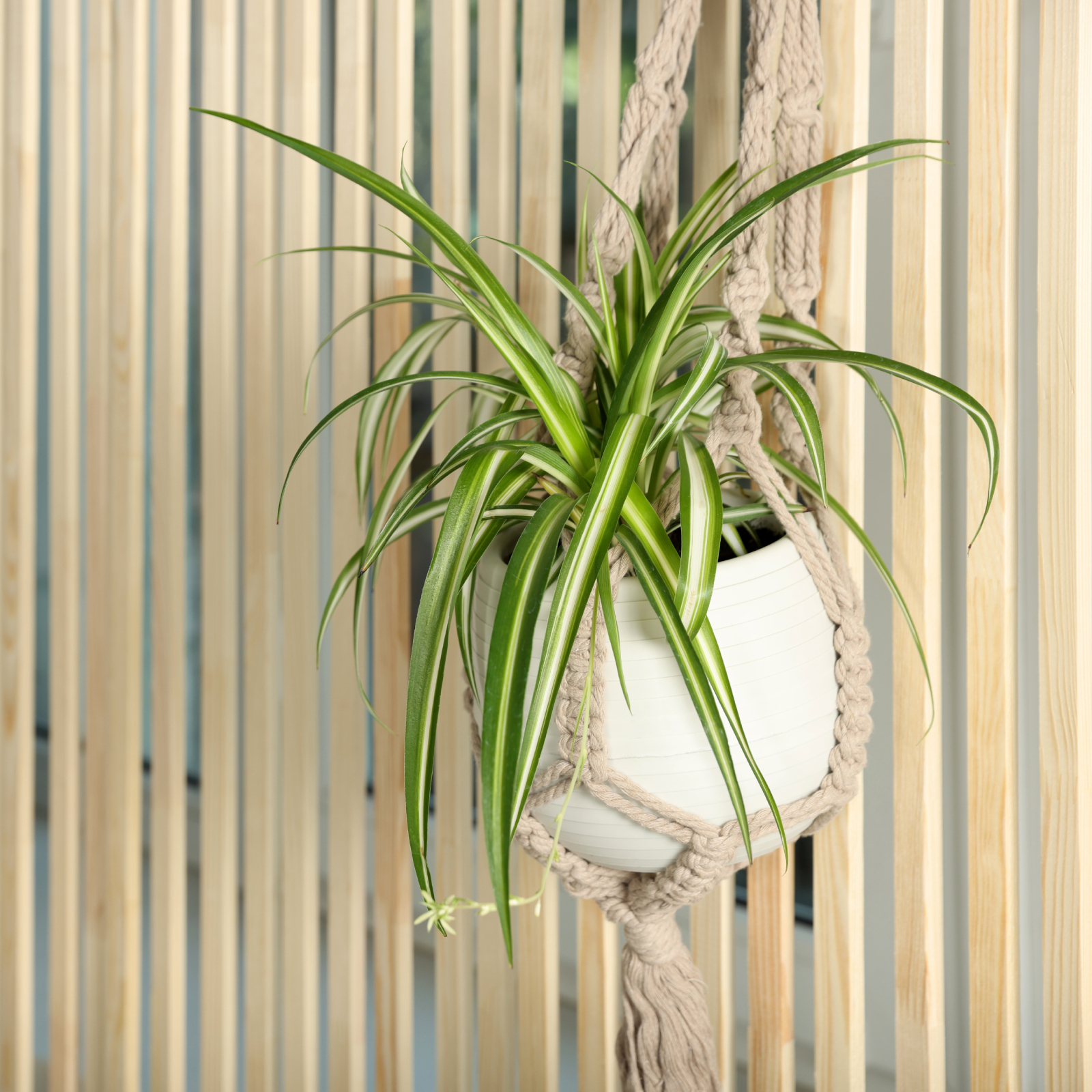 How To Grow A Hanging Spider Plant – For An Elegant Indoor Or Outdoor Display
How To Grow A Hanging Spider Plant – For An Elegant Indoor Or Outdoor DisplayOf all the beautiful baskets we see, the hanging spider plant is probably the easiest to grow. Let your hanging basket spill over with little spider plantlets!
By Teo Spengler
-
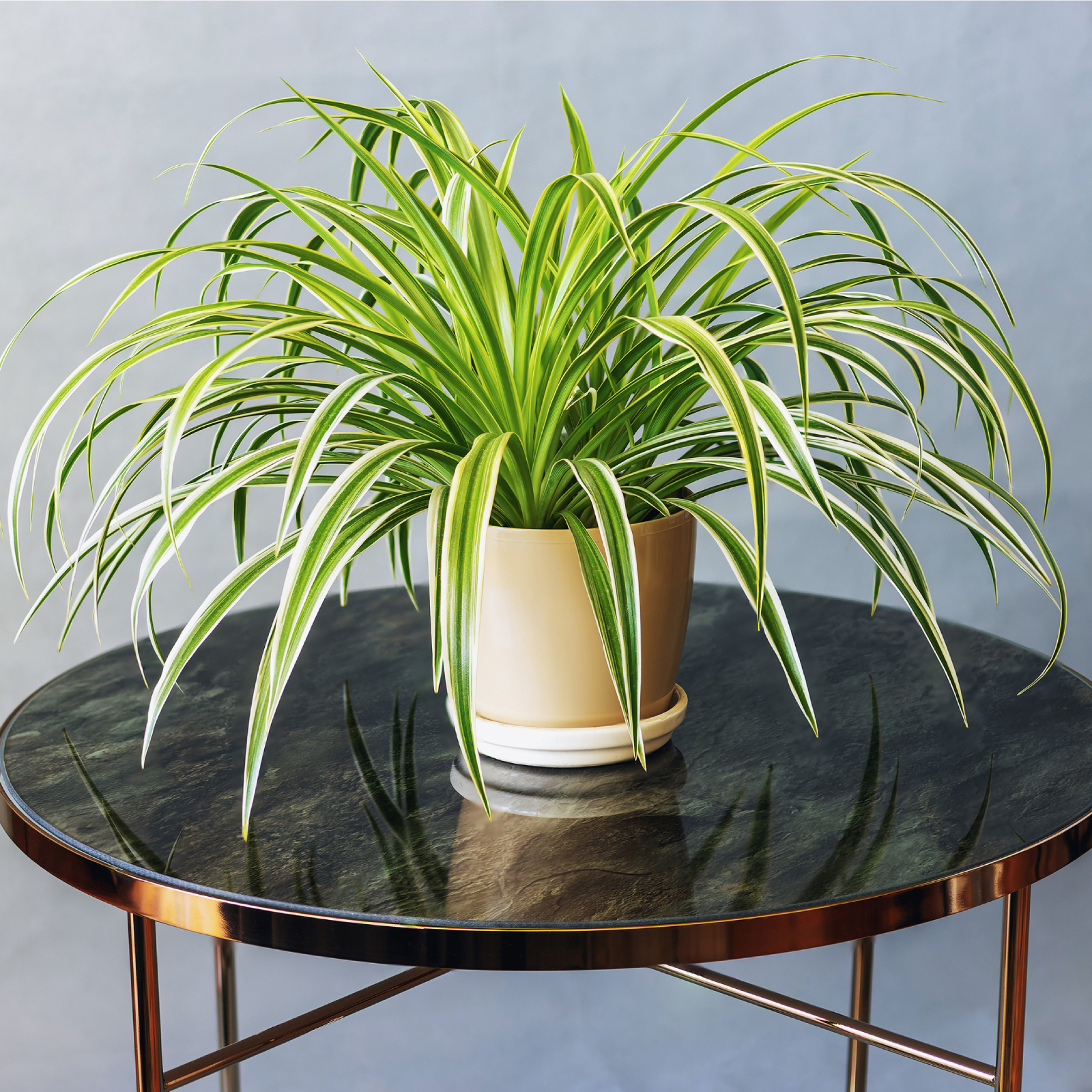 How To Care For A Variegated Spider Plant – Plus, Unique Varieties To Try
How To Care For A Variegated Spider Plant – Plus, Unique Varieties To TryVariegated spider plants and their streaks of green and cream tones bring interest and light to an indoor room, and will elevate your houseplant collection.
By Teo Spengler
-
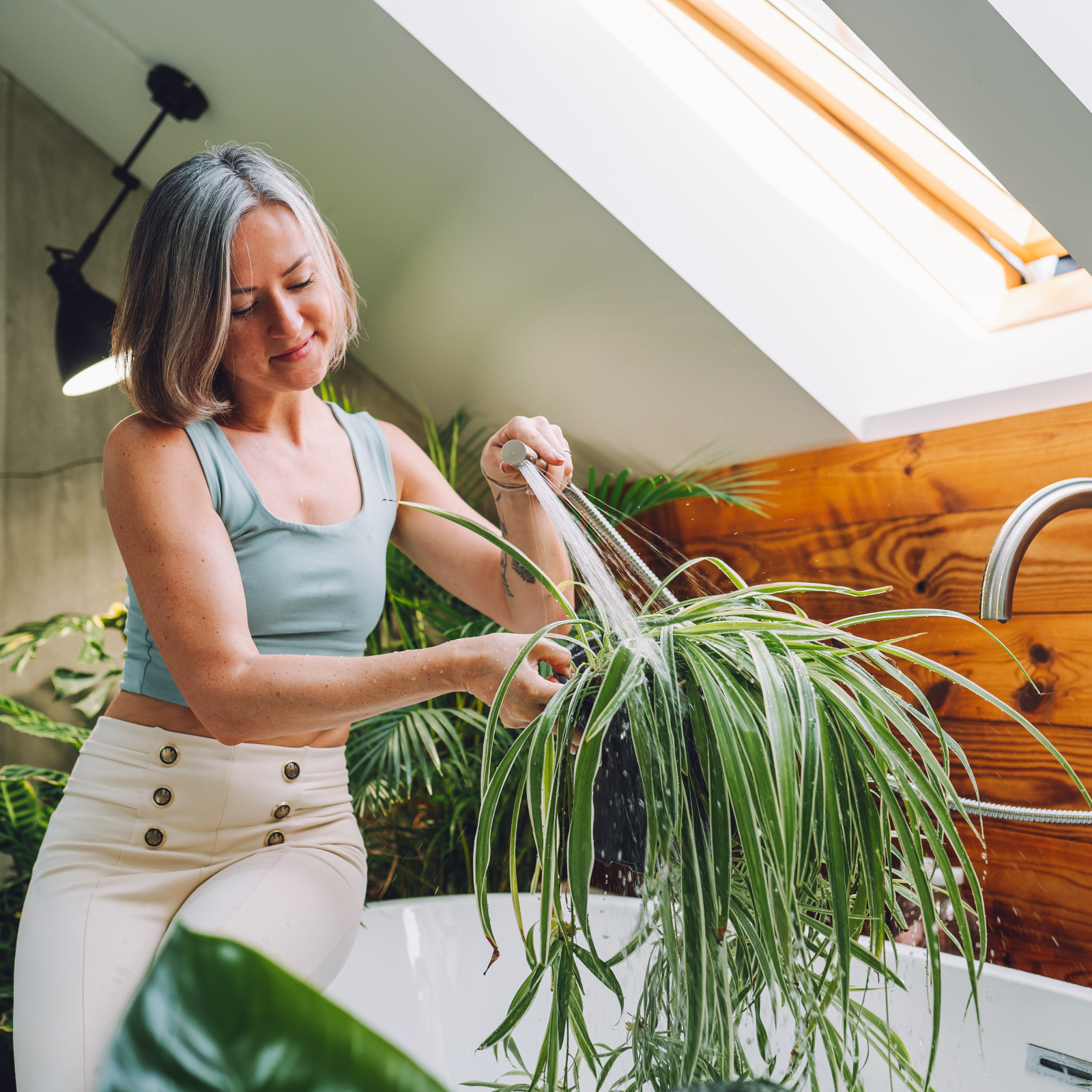 How Often Should You Water A Spider Plant? Tips To Keep Spider Plants Happy And Healthy
How Often Should You Water A Spider Plant? Tips To Keep Spider Plants Happy And HealthySpider plants are hardy and easy to grow, but they do need proper watering to thrive. Read our tips on how often to water your spider plants.
By Amy Grant
-
 Snake Plant Getting Enough Light? Understanding Light Requirements And How To Adjust
Snake Plant Getting Enough Light? Understanding Light Requirements And How To AdjustSnake plant light requirements aren’t as stringent as for some houseplants, but the right lighting is important for their growth and well-being.
By Tonya Barnett
-
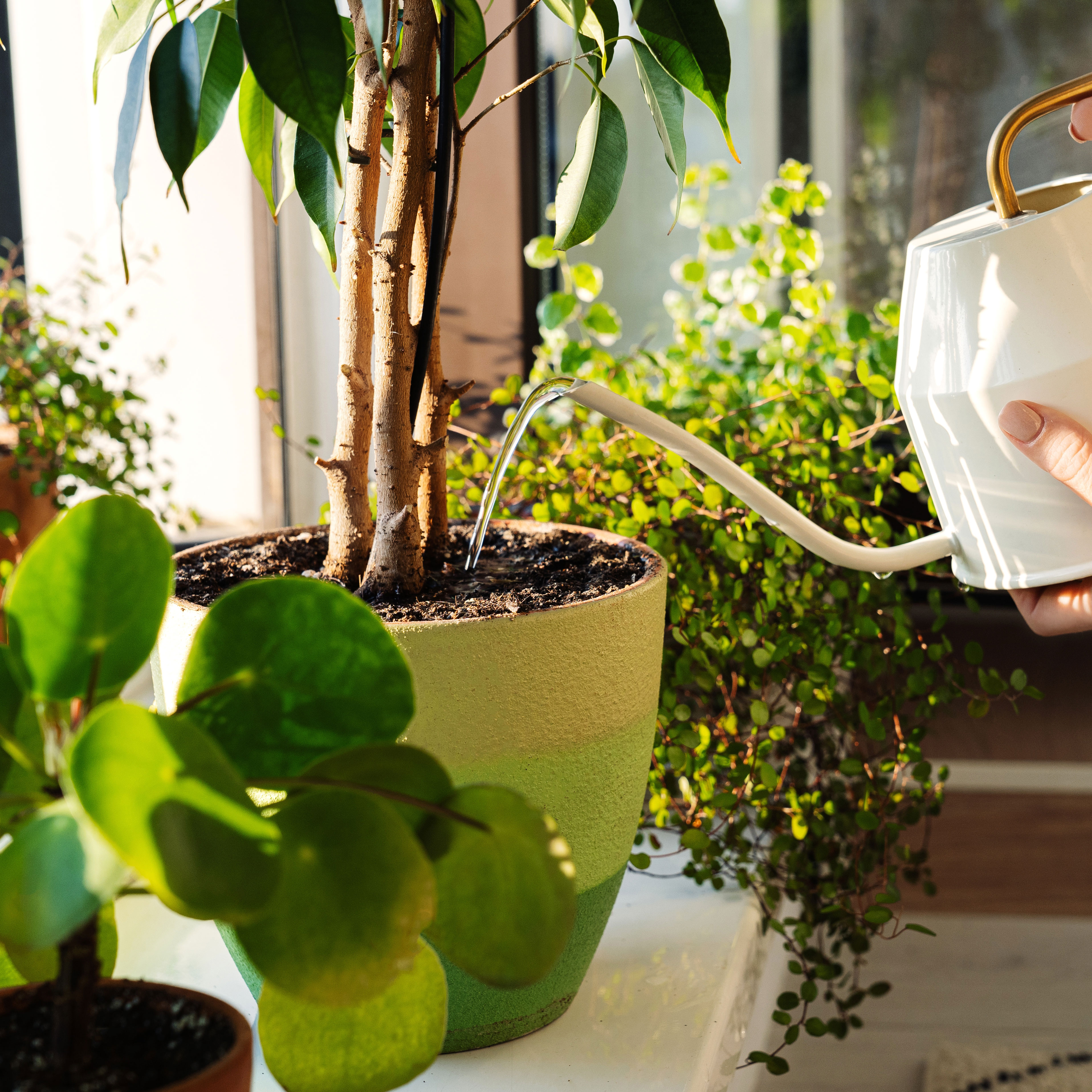 Feeding Houseplants: How And When To Fertilize Indoor Plants Like A Pro!
Feeding Houseplants: How And When To Fertilize Indoor Plants Like A Pro!Container-based houseplants have specific feeding needs over and above plants grown in the ground. Here’s how and when to fertilize indoor plants the right way
By Bonnie L. Grant
-
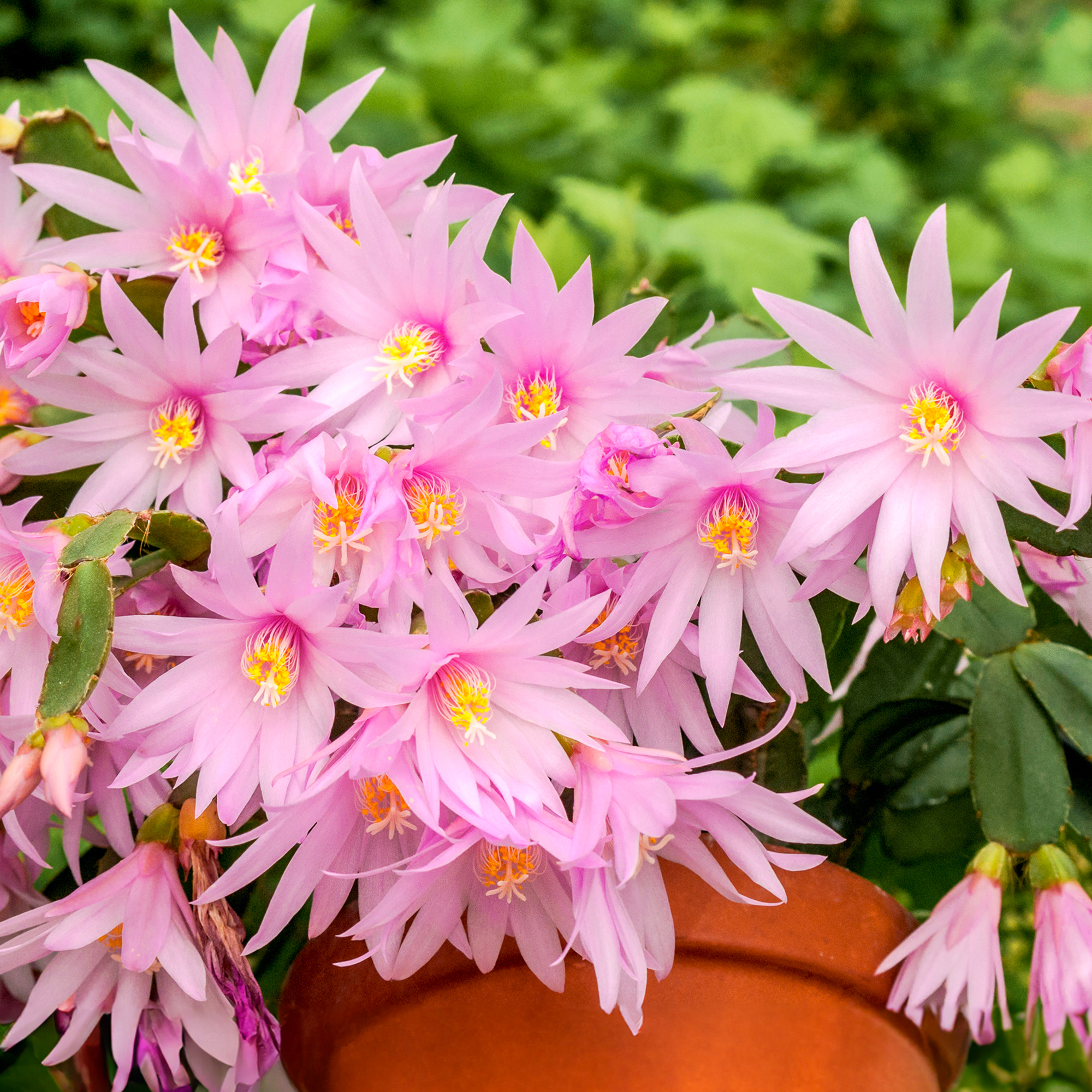 How To Get An Easter Cactus To Bloom Every Year: Expert Tips For Stunning Spring Flowers
How To Get An Easter Cactus To Bloom Every Year: Expert Tips For Stunning Spring FlowersDiscover the secrets to vibrant Easter cactus flowers and follow these key steps to ensure spectacular blooms just in time for spring.
By Melanie Griffiths